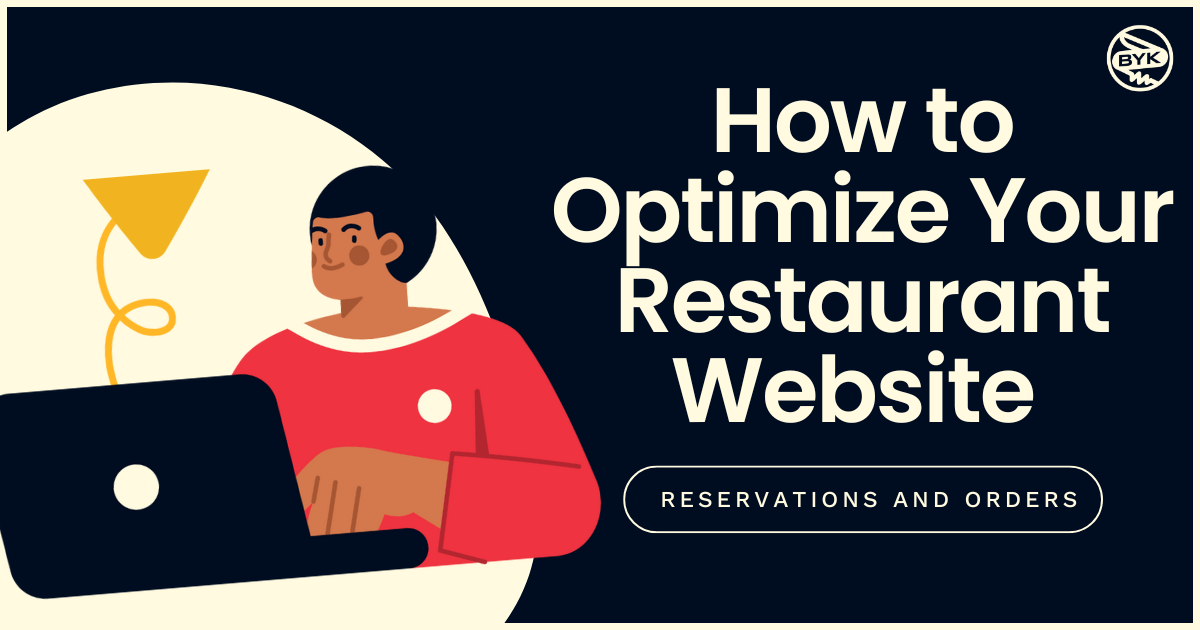With so much commerce taking place online these days, it’s more important than ever that your website is user-friendly. You may think your site is all set, but is it really? Here are a few easy things you can do and changes you can make to ensure your audience has a seamless experience on your site.
Check links regularly
Probably the easiest and most effective way to prevent frustrations on your site is to make sure all buttons, menus, and links are working correctly. Regularly check the links on your website to make sure they are working, and are not taking people to an outdated page. Broken links and empty pages on your site can make you seem unprofessional, and can look bad to potential customers.
Minimize clicks
There’s more to being user-friendly than just the bare basics of making sure your website is functioning properly. You also want your website to be organized in a way that makes navigation easy to your customers. Make sure there is a clear and natural flow, and that all information is as easy to access as possible. People don’t want to have to work hard to find what they’re looking for: they might give up if they have to click through 4 or 5 pages, or scroll for hours just to find one piece of information.
Try to make as much information as possible accessible directly from the homepage. For instance, if you own a restaurant, you would likely want your location, hours, menu, online ordering link, and contact info to be visible and accessible on your homepage. Try not to hide anything on your site too far down a page, or requiring too many clicks to reach it.
Align functionality and customer needs
So now your website is functional, it’s relatively easy to use, and it won’t take users an hour to find what they’re looking for. You can still take things a step further to make your site even more user-friendly. Think about the most common reasons people are visiting your site, and use that information to inform your website design. You don’t just want to have working links and clear navigation: you want to address the most important and common customer needs quickly and clearly. You can use size, color, and placement to really highlight the buttons and sections that are likely to be accessed most by customers. For instance, for the restaurant mentioned above, you might want to include a large “Order Online” button near the top of the page and make sure the Menu tab is one of the first on the list of links customers can click.
Test on an outsider
After going through all of the steps above, you are nearly done updating your website to be more user-friendly. The final step in the process is to see the site through someone else’s eyes. As an owner or employee of the business, you have a biased perspective. There may be some things on the site that make sense to you, but are confusing to new customers because they do not have your in-depth knowledge of the company and the products.
Try to find a third party to play the role of a potential customer and test out your website. Ideally, this would be someone who is not too familiar with your business or your offerings. This person can provide you with a fresh perspective, and really help you see your website through the eyes of your customers. Implementing their suggestions will help your website work better for those who are less familiar with your brand. Taking the four steps above can really help you elevate your website and ensure it is working well for your customers. From basic edits to more in-depth design changes, these tweaks can make a huge difference for the success of your site.




